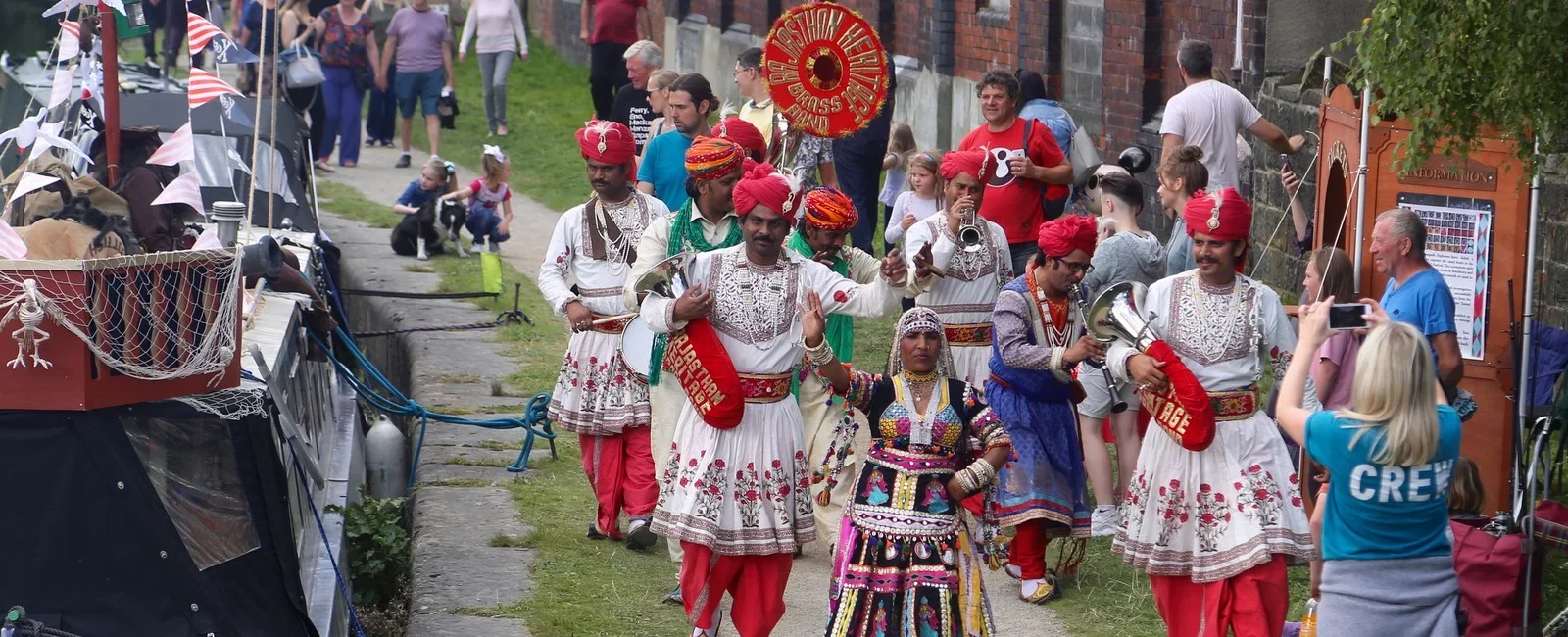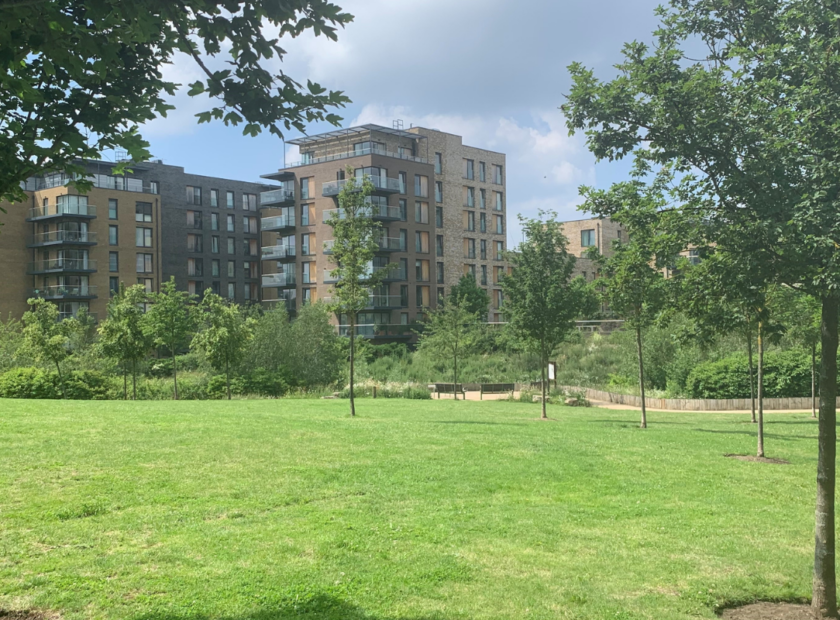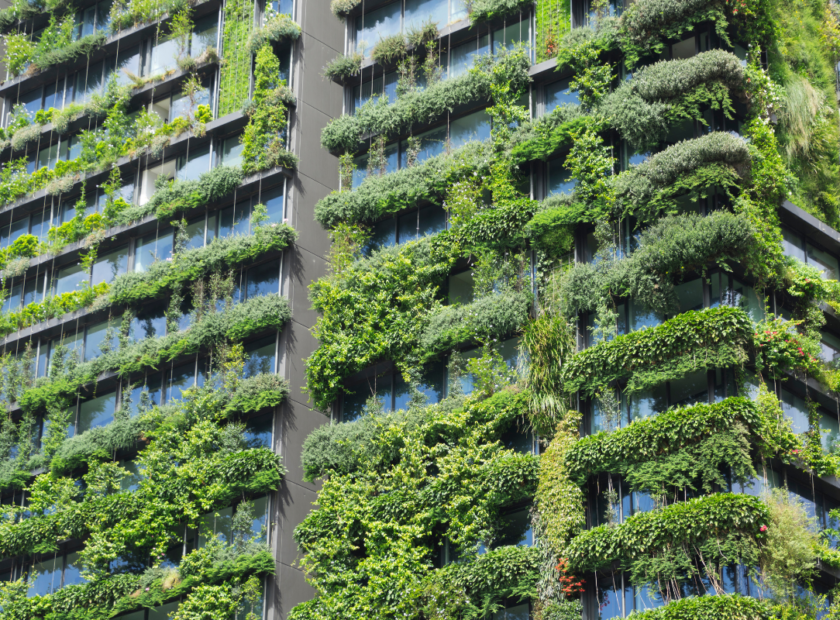The COVID-19 pandemic has forced us all to reflect on the benefits and shortcomings of our homes and neighbourhoods, and on our connection – or lack of it – with nature and each other. As we begin to reshape our communities and economies to face new challenges there is also an opportunity to rethink current approaches to how we create and manage places, and how best to involve people in this process. One area the current conversation about beauty and design codes has failed to explore is the vital role of art and artists in building a better future.
Planning is both a technical and an artistic endeavour, and the pioneers of the Garden City movement put great emphasis on the role of the arts and culture in improving wellbeing as part of a co-operative approach to society. Before the term ‘town planning’ existed, this process was often referred to be the Garden City pioneers as ‘civic art’. For the founders of the planning movement, what they did was fundamentally an artistic practice. It is no coincidence that the first public building to open in Welwyn Garden City was the theatre.
Today, standardised and often tokenistic approaches to incorporating sculpture and public art in the design of new development have become common practice. In some places, developers have taken advantage of the cultural heritage of a place to market new development even if that process marginalises its existing creative community (Hackney Wick in East London is a commonly cited example). Meanwhile, the significant role of art in the creation of successful places and vibrant communities is less widely known.
The planning of places is a complex matter: it involves the messy business of the human condition. Art has a major role to play in opening the door to creating the sorts of places that people want to live in. It is vital in helping us to both understand and express what it is to be human, and people need art in their everyday lives to thrive and to connect. Embedded in the planning, development and long-term management processes, art can transform the health and wellbeing of people and places. Opportunities for active engagement and participation through the arts can help to create a sense of local identity, reinforce social cohesion, encourage the development of social networks, reduce isolation, encourage playfulness and fun. So, for very practical reasons, it is central to successful place-making. This is the case whether it concerns regeneration, the creation of a new community, the development of new infrastructure, or the economic contribution of the creative industries. Ignoring the role of art in our wider cultural identity and economy leads to poor quality housing, a lack of trust between people and decision-makers, and a missed opportunity to harness one the country’s most important industries and drivers of growth.
There has been renewed government interest in ‘beauty’ in the built environment, expressed through design codes. The commitment to better design is welcome but embedding art in planning remains a more ambitious idea. Codifying what central government believes to be ‘good design’ might stop the worst from happening, but it can also squash creative and diverse solutions. In any event, art’s contribution to making places is about much more than just physical design outcomes: it is about a process of co-creation and collaboration between communities, artists, and planners.
For the early planning pioneers, beauty was seen as partly derived from the knowledge, skill and pleasure that went into making things. In short, Civic Art was a philosophy – a way of thinking which played a critical role in humanising and balancing the other technical aspects of planning. Our current system has become dominated by technical questions, and, necessary though the technical disciplines are, they often crowd out the most important issue: sensitivity to the human condition.
While we are far from embedding this ideology completely in planning process, there is hope. From the town artists in the Post War New Towns to projects such as the Town Meeting which uses theatre to explore how planning decisions are made, there are some exciting examples of how the arts have been embedded in the long-term process of creation and renewal.
In March 2020 the TCPA launched a project exploring how planning might reconnect with its artistic roots. This process has led to the publication of a Provocation Paper on Civic Art an art as strategy for the Association and in March 2021 to the publication of ‘That word art! Putting Art back into Planning: A Practical Guide for Councils’ The guide is intended to help put art back into the process and outcomes of planning, in the hope that this can transform the kinds of places that we make. Building on the deep connection between the Garden Cities and Arts and Crafts movements, it sets out some guiding principles and some recommendations on implementation, along with a set of case studies that offer insights into the outcomes possible from the fusion of art and planning. It touches on the challenging question of how on earth this is paid for in a development process which already demands so much.
Embedding these ideas in practice is complicated and requires political will and corporate commitment alongside upfront investment, albeit for long-term gain. It requires cross-disciplinary working and links to long-term stewardship. But there are already great projects and places showing how it can be done. In 2021 the TCPA will be working with a real place to explore how these holistic approaches might work in practice. We hope you will pull up a seat and join us for the performance.
Cover photo: Burnley Canal Festival Aug 2017. Produced by Mid Pennine Arts and Super Slow Way. Photographer Huckleberry Films
Embedded image: Performance of The Town Meeting, Northernheatlands CIO




